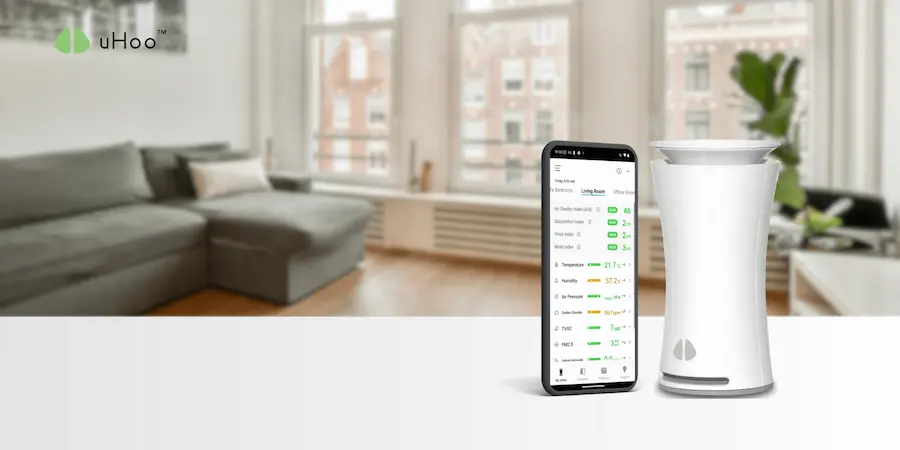Your home is meant to be a haven, but often, the very air within it can be a source of hidden health concerns. From invisible pollutants off-gassing from furniture to microscopic allergens thriving in humid corners, poor indoor air quality (IAQ) can silently impact our well-being, leading to everything from allergies and asthma flare-ups to fatigue. Achieving a healthy home means prioritizing healthy lungs, and that starts with actionable indoor air quality tips.
These indoor air quality tips aren’t just theoretical concepts. They are practical steps you can implement today to make a tangible difference in the air you breathe and, consequently, your family’s health.
5 Actionable Indoor Air Quality Tips for a Healthier Home
- Be a Humidity Detective: Ideally, always maintain indoor relative humidity between 30-50%.
- Use a Dehumidifier: Essential in damp areas like basements or during prolonged rainy seasons. Empty the reservoir regularly.
- Fix Leaks Promptly: Even a small, persistent drip can create a haven for mold and mildew within days. Check under sinks, around toilets, and for roof leaks regularly.
- Vent Moisture-Producing Activities: Always use exhaust fans in bathrooms (during and 15-20 minutes after showering) and kitchens (while cooking). Ensure dryer vents lead outside and are clear of lint.
- Ventilate Smart, Not Just Anyhow: Bringing in fresh air is one of the best indoor air quality tips, but be mindful of what you’re bringing in.
- Check Outdoor Air Quality (AQI): Use local air quality apps/websites. If outdoor pollution levels are high (e.g., from traffic or haze), minimize open windows.
- Strategic Cross-Ventilation: When outdoor air is clean, open windows on opposite sides of your home for a few minutes daily to flush out stale air.
- Consider a Whole-House Ventilation System: For optimal control, especially in modern, tightly sealed homes, consider an Energy Recovery Ventilator (ERV) that can exchange indoor air with filtered, conditioned outdoor air.
- Source Control is Paramount: Reduce the pollutants at their origin.
- Ban Indoor Smoking: This is the single most impactful step for drastically improving IAQ.
- Choose Low-VOC Products: Opt for low- or zero-VOC paints, furniture, cleaning products, and personal care items. Off-gassing chemicals contribute to indoor air pollution.
- Proper Chemical Storage: Keep all household chemicals, solvents, and pesticides tightly sealed and stored in a well-ventilated area, preferably outside your main living space (e.g., a detached shed).
- Filter Your Air Systematically:
- HVAC Filters: Regularly change or clean your air conditioner’s filters (every 1-3 months). Use MERV 8-13 filters for better particle capture if your system allows.
- HEPA Vacuum Cleaner: Invest in a vacuum with a true HEPA filter to effectively capture microscopic dust, dander, and allergens from carpets and upholstery, preventing them from being recirculated.
- Air Purifiers: Consider a portable air purifier with a HEPA filter for specific rooms where extra filtration is needed (e.g., bedrooms of allergy sufferers).
- Clean with Purpose:
- Damp Dusting/Mopping: Use damp cloths and mops to trap dust and allergens, rather than just stirring them into the air.
- Wash Bedding Frequently: Wash sheets and pillowcases in hot water weekly to minimize dust mites.
Implementing these actionable indoor air quality tips creates a powerful synergy that results in a cleaner, healthier indoor environment, allowing your family to breathe easier and enjoy a truly healthy home.
To ensure your home maintains optimal IAQ and to precisely gauge the effectiveness of these tips, a uHoo air quality monitor is the best solution. It provides continuous, real-time data on crucial pollutants like PM2.5, VOCs, CO2, and humidity, giving you the knowledge and control to breathe truly clean air.

